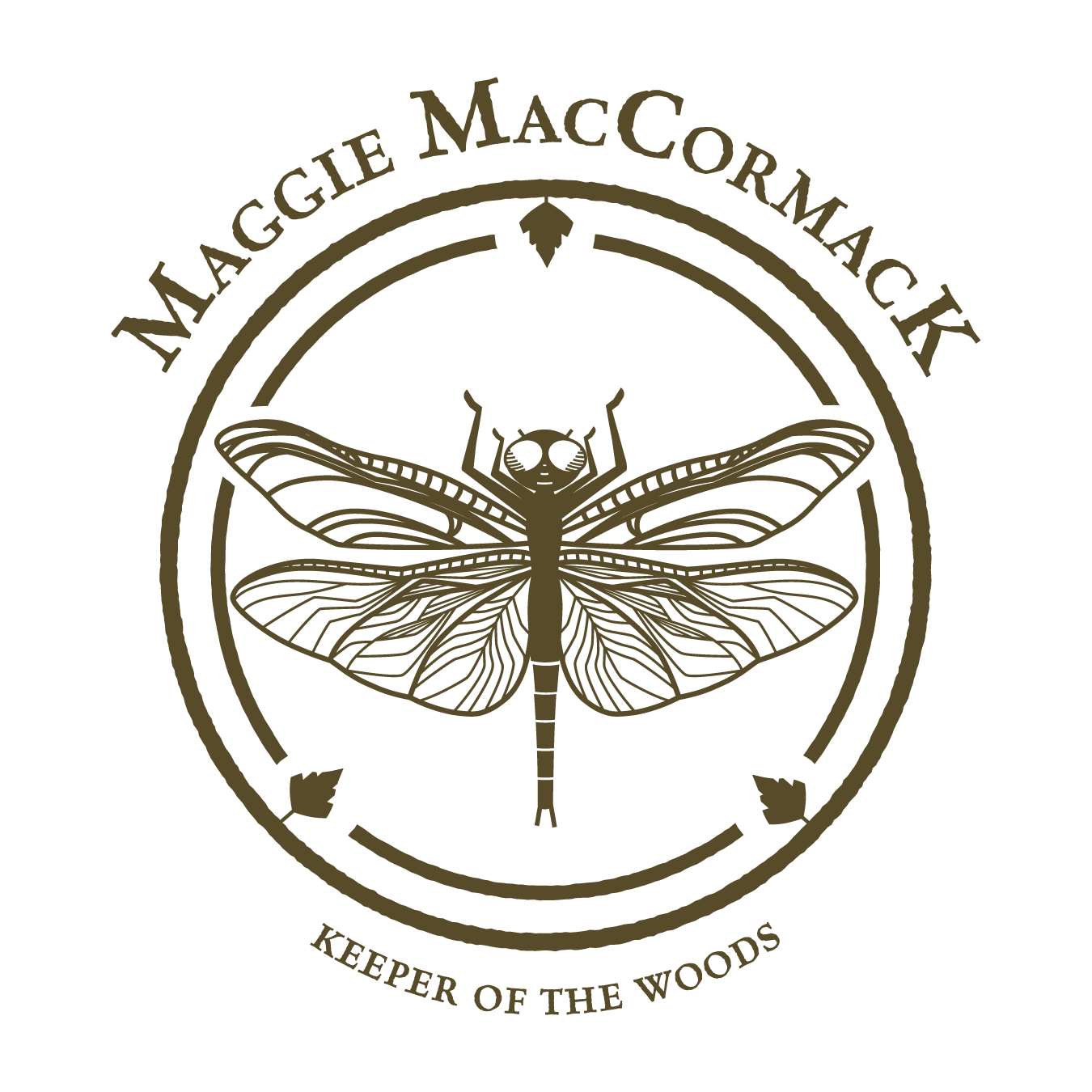For a long time, if you told someone that you self-published your own book they looked at you like you had the plague. One or two friends may accept the copy you gifted them, but neither of them would ever read it. If you were unable to find an agent who could sell your manuscript to a publisher, you were not a real author. In fact, you were often looked upon as a failed writer.
Granted, with rare exception, self-published books were exceedingly unprofessional. The printing was third rate, the covers were poorly illustrated, the text paper was almost see-through and the type design non-existent. Self-published books were not just blocks of poorly written prose; there were run-on sentences, grammatical errors and structural errors. People often whispered things like, “Can you believe they wanted money for this?”
Skip ahead thirty years…
With the event of high-end digital publishing, including soft and hard cover binding, ample paper selections, printing options ––UV spot varnish, die cutting and foil stamping –– and most importantly, economical printing prices for both short and long runs, the game has changed. Furthermore, the Internet connects talented writers with editors, illustrators and designers, not to mention millions of potential readers, who are also book buyers, from around the world. Self-publishing has not only become a viable alternative to traditional publishing, in many cases, it has become a profitable one.
Traditional publishers still have a lot of pull. They have departments that cover all aspects of book production and they have alliances with major news outlets that guarantee coverage of the newest ‘hot’ book they publish. And bookstores, by default, promote legacy releases first. However, busy publishers often initially overlook and reject books that eventually turn out to be best sellers. Harry Potter is one remarkable example. Dune, Moby Dick, Carrie, Catch -22, Lord of the Flies and many others were all rejected, some over 100 times, before a smart publisher took a chance on them. And it can take several years from the time your manuscript is acquired to see print. So today, many authors now ask, “Why wait?” and take matters into their own hands, becoming their own publisher.
A skilled author, with the right production team, can create a product, cover to cover, that is on par with any traditional publisher in business today. The printing, packaging, illustration and design, not to mention the content of the writing, are stellar. If you were to put this type of a self-published book next to a traditionally published book on a store bookshelf, no one would be able to tell the difference.
The playing field is much closer to being level. And traditional publishers no longer have a monopoly on talent. It’s time to lift the stigma surrounding self-published books and address the quality of the content, not the imprint that publishes it. Creative people abound. Support them and see what happens when people are given the opportunity to express themselves, and their independence.

